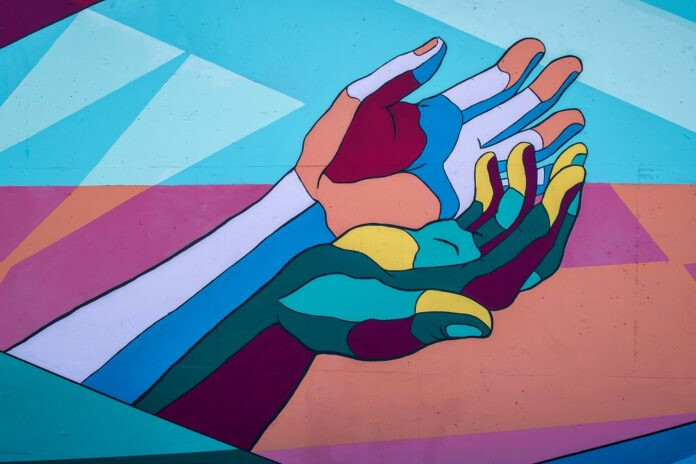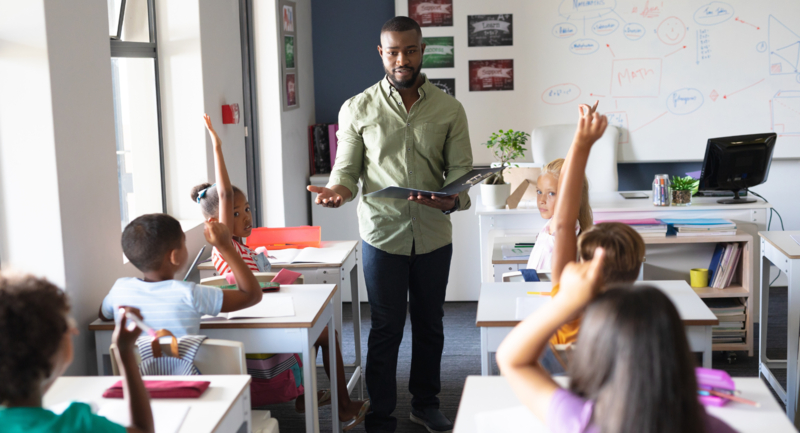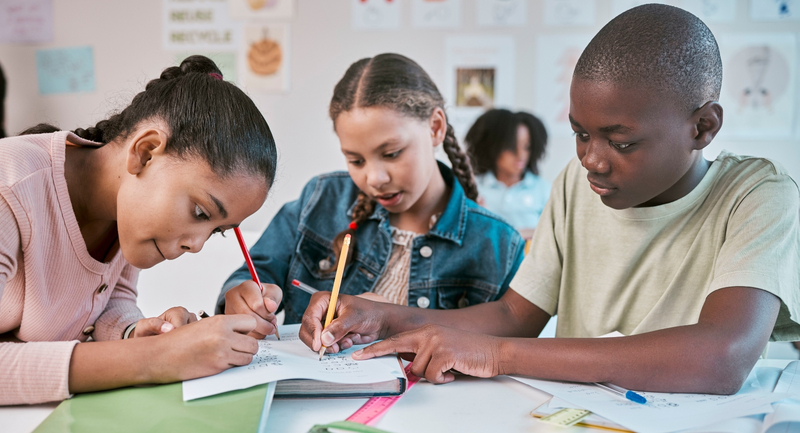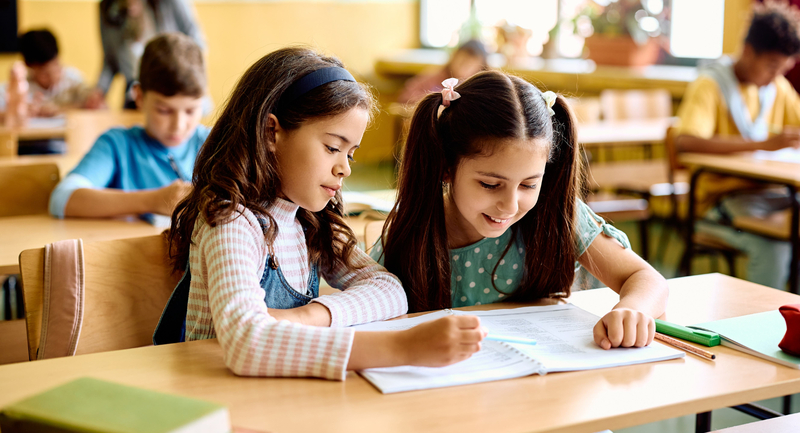Ancient wisdom traditions in various indigenous cultures teach us that every healing journey begins with a crisis. I learned this fundamental truth firsthand when I arrived in New Orleans, La., in 2011. Even six years post-Hurricane Katrina, remnants from the tropical cyclone and infrastructural neglect remained. Every X marked on the doors of dilapidated businesses and homes told a story of crisis, grief, and trauma. The shadow of injustice haunted this beautiful city despite collective rebuilding efforts.
As someone who taught the children who were in their mothers’ wombs during Hurricane Katrina, I learned a lot about how to heal, lead, learn, and teach in times of crisis. I was humbled to hear narratives of my students’ parents and caregivers trotting through the murky water to the Superdome stadium where they would find food and shelter, moved to learn the memories of their lost loved ones and homes, relieved to listen to their hopes for a better tomorrow, and grateful to realize that they trusted us—their educators—to co-create a trauma-informed school where their children could feel accepted, affirmed, and challenged to become their best selves.
Hurricane Katrina revealed a convergence of oppressing forces that are similar to what we see happening today in America as a result of widespread effects of COVID-19 and persisting racial and structural injustice. When students return to brick and mortar buildings, the gaps may be similar to what we saw in New Orleans when students returned to school. While it’s imperative to consider the academic, social, and emotional shifts we need to make, it’s even more important to consider the inner work we need to do as educators for the outer change we wish to co-create.
To heal is not to return to normal. As Sonya Renee Taylor says, “We will not go back to normal. Normal never was. Our pre-coronavirus existence was not normal, other than we normalized greed, inequity, exhaustion, depletion, extraction, disconnection, confusion, hoarding, rage, hate and lack … We are being given the opportunity to stitch a new garment. One that fits all of humanity and nature.” This applies to the way we lead schools and educate our students. I offer three tools to help us navigate this healing process: shadow work, bearing witness, and uplifting students.
The Shadow Work: Tending to the Wound
The psychologist Carl Jung coined the term “shadow” as the uncomfortable and unknown parts of the human psyche that affect individual and collective consciousness. When unexamined, the shadow causes sickness, pain, and psychic disequilibrium. When integrated, it allows us to transmute our pain and live authentic lives that reflect our highest ideals.
Jung supported patients by helping them see the way hidden aspects of themselves sabotaged their lives. By casting light on the shadow, we reveal deeply rooted wounds, buried inside; some of which reach down into the soils of intergenerational trauma.
The current pandemic has unveiled the profound inequities, or shadows, of our society, including in public education. Black and indigenous people of color are not only dying from the virus at disproportionate rates, they also experience generational poverty disproportionately. Many BIPOC parents are the essential workers who are putting their families, health, and safety at greater risk by being on the frontlines.
Consequently, many students do not have the necessary support for navigating the digital terrain of remote learning, the appropriate tools for coping in a crisis, nor the devices, technological skills, or Wi-Fi to engage. On the other hand, I have been intrigued by the number of children who feel more joyful, liberated, and peaceful during this time because, unlike some of their classrooms and schools, their homes are a safe space where they can grow and find unconditional support.
Bearing Witness: Seeing, Feeling and Grieving
Clinical psychologist Aurelie Athan often asks, “What is research, but ‘me’ search?” How are we conducting action research by witnessing our own lives? To witness we must listen. When we bear witness, we pay attention to what’s happening inside of us, around us, and within our students. Nothing matters but the current moment. When we don’t bear witness, we disassociate, neglecting our humanity and, our students’ humanity in the process. When we don’t bear witness, trauma is solidified and the shadow of crisis falls upon us. It’s easy to get swept up in catch-all phrases and movements in education: “trauma-informed,” “social-emotional,” and “culturally responsive” initiatives.
The important question is: What do we see right in front of us, on our screens, in our lives? Until we feel the wound of trauma, we cannot heal it. Now is not the time to dissociate by taking on busy work or attempting to return to business as usual. We must sit in our discomfort to hear what our souls need.
Trauma is not new to me. I was born into a Haitian family that experienced a great deal of trauma for generations—from unstable governmental conditions to immense poverty and lack of access to essential resources to natural disasters that brought famine and despair. I have learned that trauma can manifest in personal, vicarious, intergenerational, and institutional forms. Trauma is often inherited and shapes who we are, yet we can always tap into an inner well and re-write the story.
My father was my first teacher of what it meant to bear witness. When I was growing up in Brooklyn, N.Y., he told me stories of his own childhood trauma as a result of Hurricane Flora. He told me of crops drying up on his parents’ farm, cattle falling like flies, and nothing but mangoes with salt to eat for breakfast, lunch, and dinner because they were strong enough to grow in the dry soil. He told me stories of intergenerational trauma reaching back to the Haitian Revolution and how his country is still paying for pursuing their freedom. He also told enchanting Haitian folkloric tales of courage and hope. He told these stories between working two to three jobs and still making time to read, laugh, dance, and sing.
He taught me that being whole means embracing joy, resilience, and truth simultaneously. By seeing him dance, hearing him sing, witnessing him grieve intergenerational loss and by feeling our stories, I was inspired to write my own and create a new way with my students.
Uplifting Students to Co-Create a Better Way
We can hold space for our students’ full humanity and inquiry by inviting them to co-create the community agreements that will govern the way our classrooms run, co-author a classroom narrative that invites them to shape who they want to be, and co-design a curriculum that reflects everything they need to learn to self actualize. One of the biggest lessons I learned is that we don’t empower children; we simply provide the tools for them to embody their inherent power. We can embrace our students’ power in our community meetings, lesson plans, and our overall approach to teaching.
In Four Fold Way: Walking the Paths of the Healer, Teacher, Warrior and Visionary, author Angeles Arrien shares how ancient wisdom traditions tend to the traumas of their communities using the four universal healing salves. Whenever there is sadness, despair, or disease, they ask: When did you stop singing? When did you stop dancing? When did you stop being enchanted by stories? When did you stop being soothed by the sweet sound of silence (Arrien, 1993)?
As educators, we can examine our curriculum and ask ourselves how we can integrate these universal healing salves to promote feelings of lightness in times of uncertainty. We can leverage these modalities to process the difficulties we are experiencing alongside our students. We can co-create a healing-centered learning environment where our wounds become the wisdom we need for an education that invites people to be whole.
References
Arrien, Angeles. (1993). The Four-fold Way. Harper One.
Taylor, Sonya Renee. (@sonyareneetaylor). We will not go back to normal. April 2, 2020.








